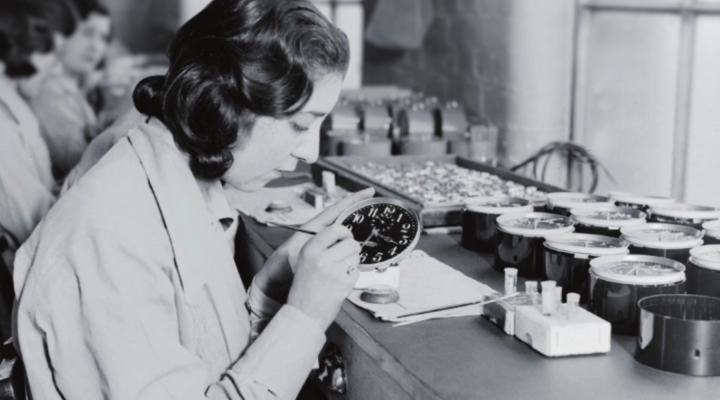
The "Radium Girls’" fight for workers rights

Some people called them “Ghost Girls.” They made more money than other workers in the United States Radium Corp. factory because of the precision it took to paint glowing numbers on watch dials. When they walked home, they glowed because they spent all day covered in the radium dust. The new element was thought to be safe at the time, but it was slowly killing them. Years after leaving the job, they died in horrible, dramatic ways. Their bones disintegrated, large tumors appeared on different parts of their bodies, and pieces of their jaws and teeth fell out. Radium poisoning had never been observed or diagnosed before, and there was little hope for the “Radium Girls,” except to change the law that had killed them.
| It’s against the law for employers to make you sick. Thank the “Radium Girls” for that |
There’s a lot happening in the world. Through it all, Marketplace is here for you.
You rely on Marketplace to break down the world’s events and tell you how it affects you in a fact-based, approachable way. We rely on your financial support to keep making that possible.
Your donation today powers the independent journalism that you rely on. For just $5/month, you can help sustain Marketplace so we can keep reporting on the things that matter to you.


















